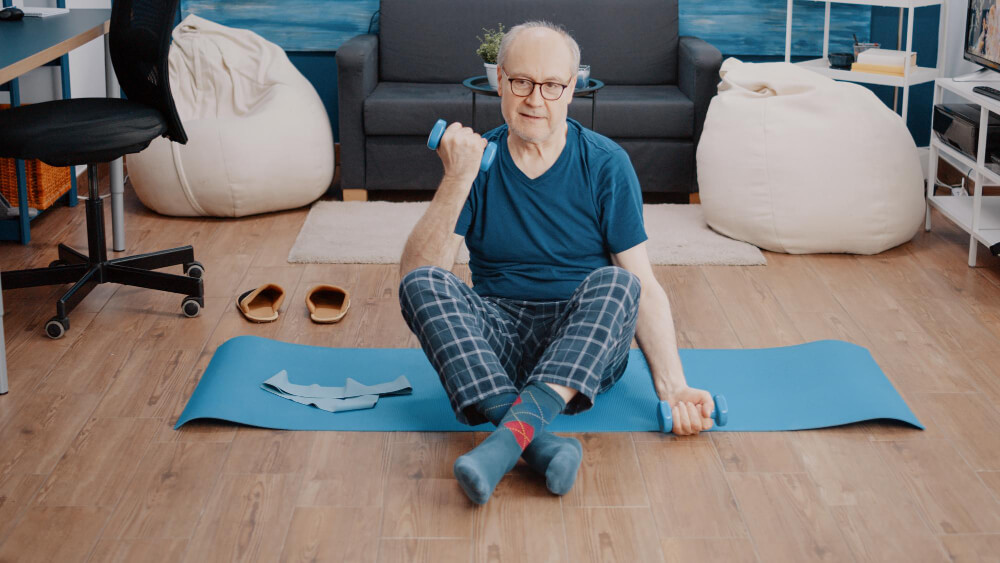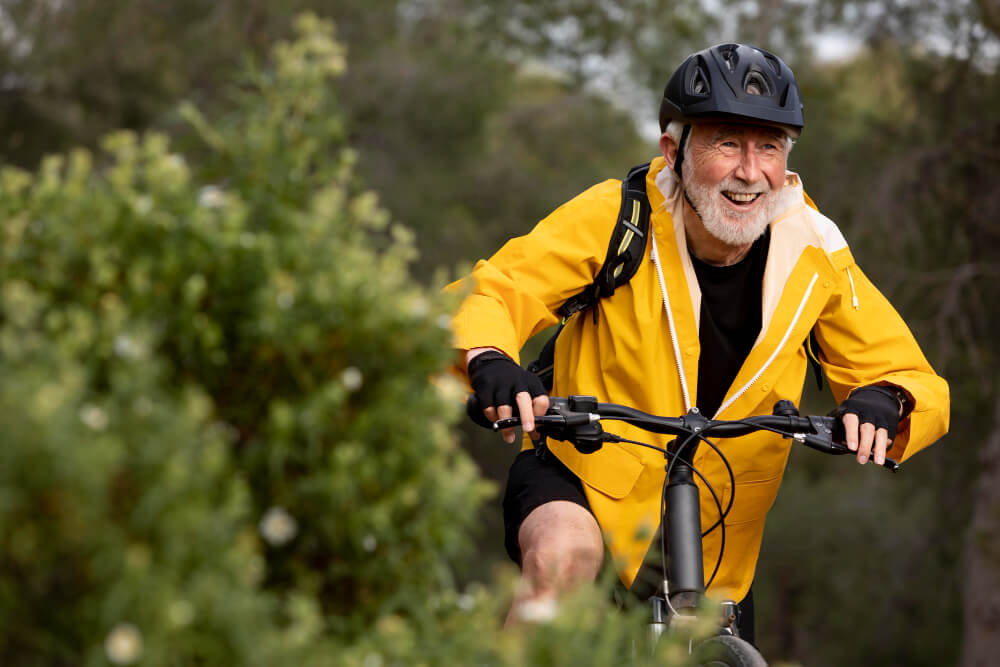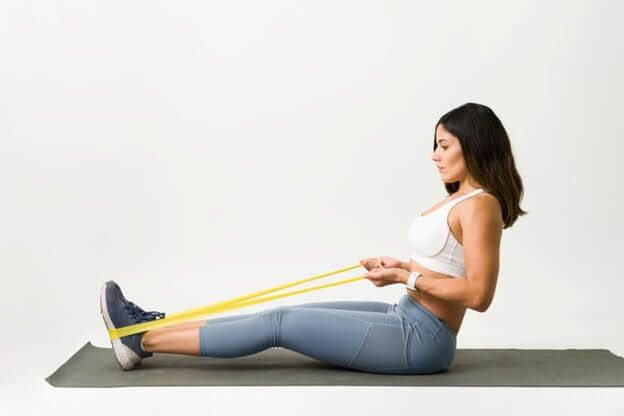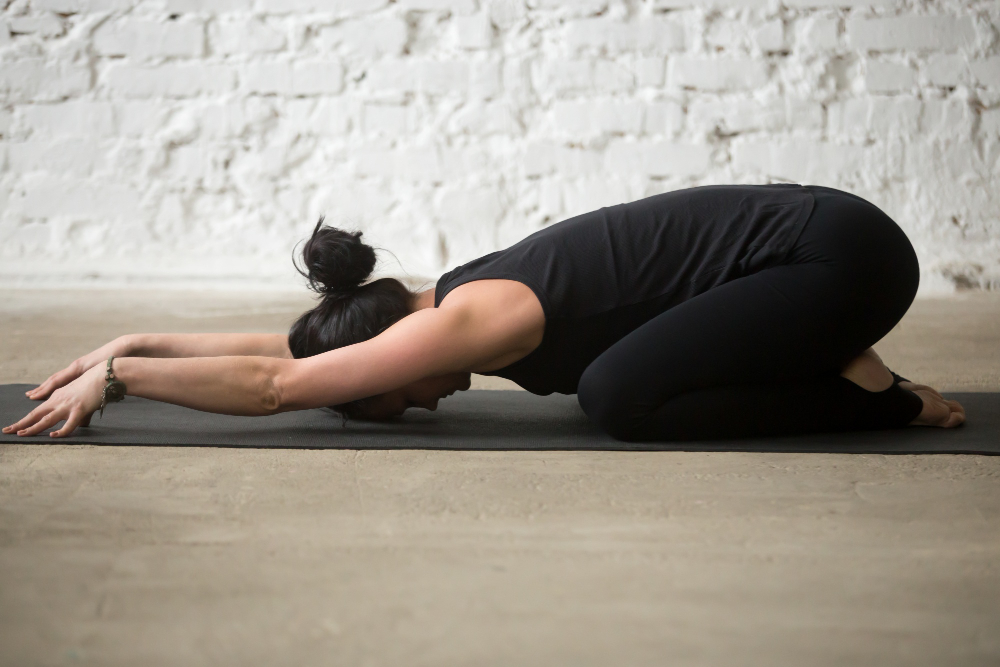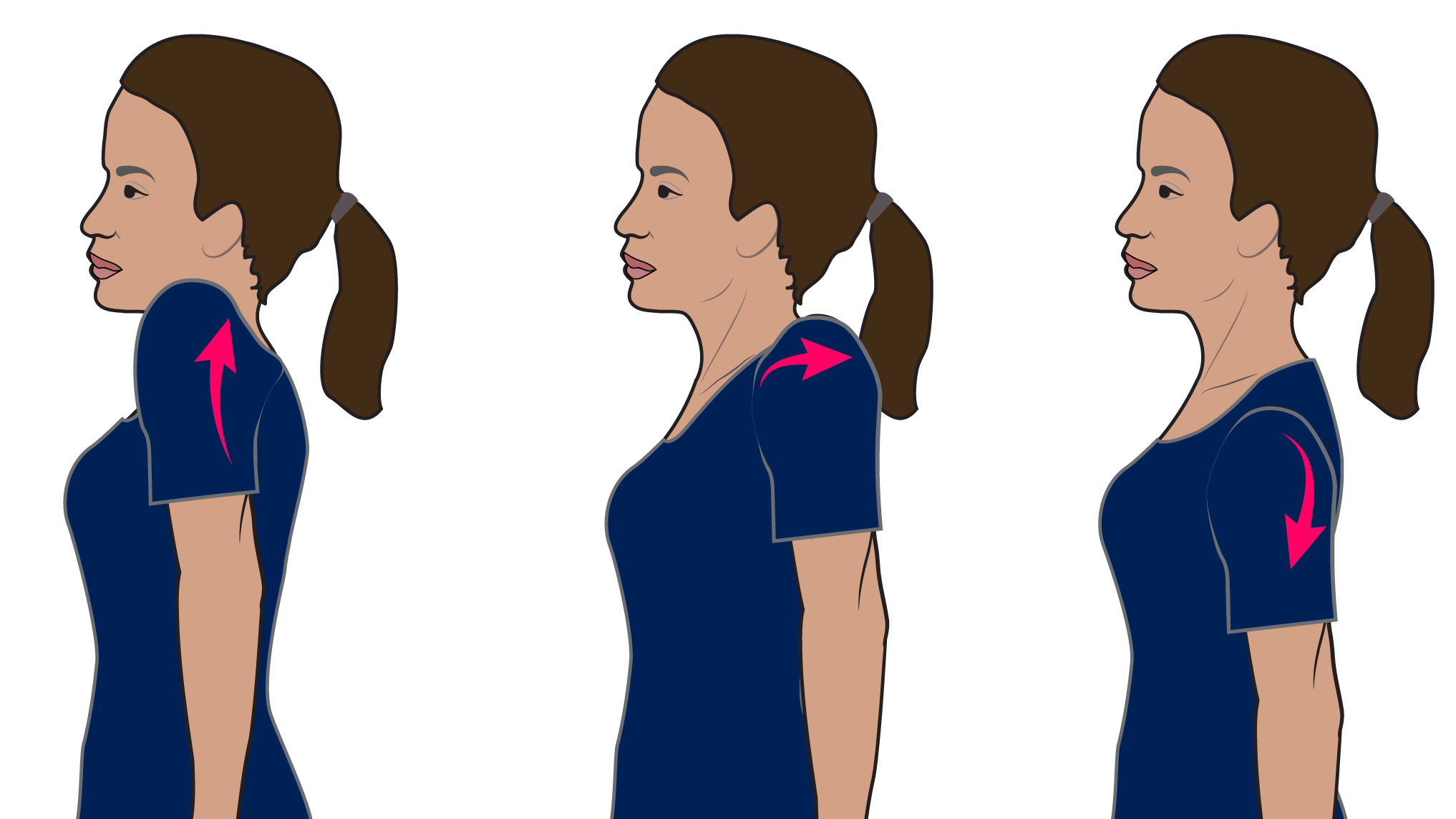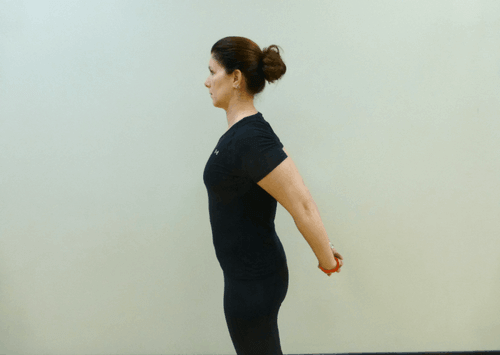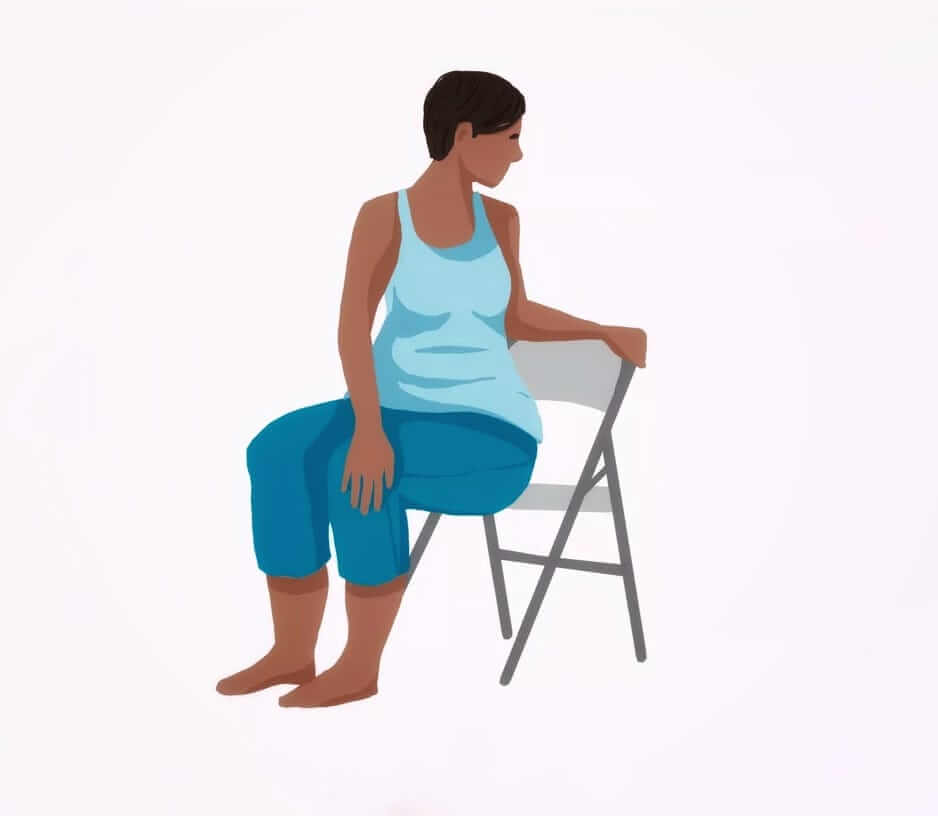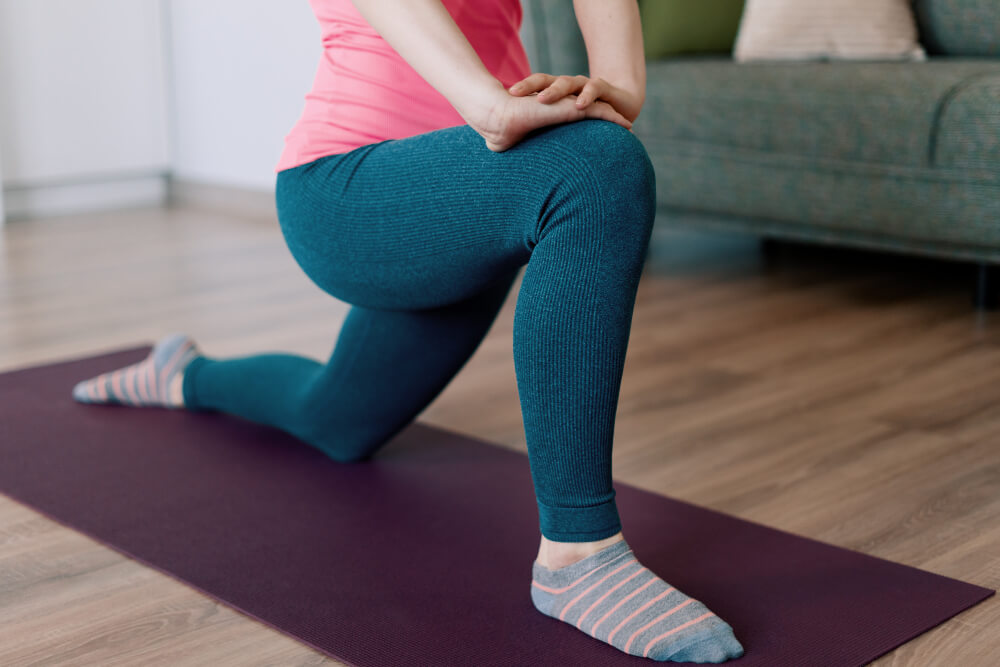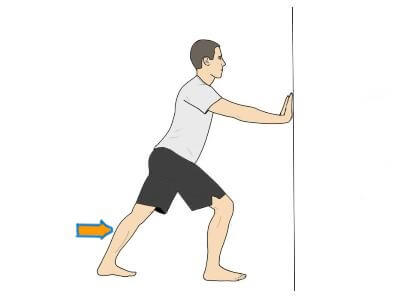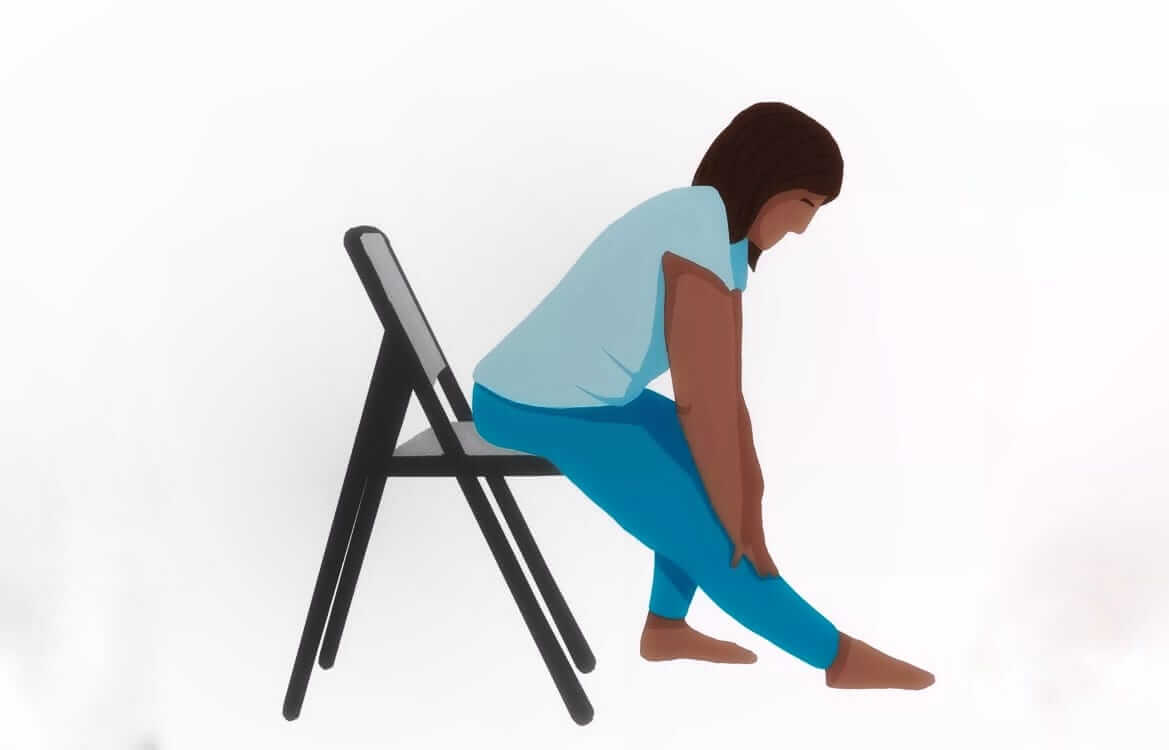Introduction to Exercises for Parkinson’s Patients
Parkinson’s disease is a neurological disease related to brain functions. It usually involves disrupting or affecting the function of nervous system cells (neurons) in a part of the brain. Doctors diagnose Parkinson’s disease based on symptoms related to muscle control, balance, and mobility. However, Parkinson’s disease can also affect other aspects of body functioning, including thinking ability and mental health. Most of the cases of this disease are seen with increasing age, in this disease the neurons producing dopamine chemicals start becoming inactive, and the signals between the nerve cells (neurons) of the brain are not coordinated smoothly. This can cause symptoms such as decreased nerve and motor activity, difficulty walking, muscle stiffness, tremors, and agitation. Although the scientific causes of this disease are not well understood, a combination of genetic and environmental factors appears to play a role. The doctors of Jaslok Hospital prescribe the best Parkinson’s disease treatment in Mumbai. This may include a structured plan of exercise, therapy and deep brain stimulation for parkinson’s disease. We create exercises for Parkinson’s patients that are tailored to their specific needs and abilities. The type and intensity of exercise for Parkinson’s disease are usually determined based on its stage and severity. This can make a significant contribution to the management of Parkinson’s disease and enhance the overall quality of life of affected people. Here is an introduction to exercises for Parkinson’s patients:
Importance of Exercise for Parkinson’s Patients
In general, exercise is an important part of a healthy lifestyle. And if we talk about the benefits of exercise for Parkinson’s patients, exercise is as important as the parkinson’s disease treatment. Exercise helps Parkinson’s patients maintain strength, flexibility, balance, and cognitive acuity so they can enjoy activities of daily living. These ideas from Parkinson disease doctors in Mumbai will help you understand which exercises for Parkinson’s disease and what Benefits of Exercise for Parkinson’s Patients.
Benefits of Exercise for Parkinson’s Patients
Currently, effective management of motor and non-motor symptoms with Parkinson’s disease treatment is difficult; therefore, exercises for Parkinson’s disease are also currently recommended as an adjunct to deep brain stimulation treatment for Parkinson’s disease.
The benefits of exercise for Parkinson’s patients are known to improve many symptoms, including improved mobility and motor skills, improved balance and coordination, increased muscle strength and flexibility, improved mood and mental well-being, and reduced risk of depression and anxiety.
Improved Mobility and Motor Skills
The body’s nervous system, muscles, and brain all have to work together to maintain Improved mobility and motor skills. Motor skills involve the use of specific muscle movements, which is essential for mobility, whereas Improved Mobility and coordination of motor skills are a challenge in Parkinson’s patients. In such a situation, coordination and balance exercises for Parkinson’s patients can be an important step. Parkinson’s disease doctors in Mumbai confirm that exercise increases blood flow and supply of nutrients to the muscles, which strengthens the muscles and helps in reducing stiffness and pain. Generally, Parkinson’s patients have to focus on muscle development with the help of special types of exercises to increase mobility.
Enhanced Balance and Coordination
Increasing balance and coordination is important, especially for individuals with conditions such as Parkinson’s disease or older adults who may experience difficulties in these areas. The process of balance and coordination is guided by the cerebellum area of the brain, which coordinates the ability to think with movement to achieve the proper action, directing the correct muscle to action. However, Strength training for Parkinson’s disease can promote the connection between the brain and physical activity. In general, the benefits of exercise for Parkinson’s patients are to maintain good posture, make muscles flexible, and achieve excellence.
Increased Muscle Strength and Flexibility
Generally, Spindle cells and Golgi tendon receptors in the nervous system send messages to muscles to contract, controlling the coordination of muscle strength and flexibility. However, in Parkinson’s patients, the potential reactions continue to impair the development of muscle strength and flexibility, leading to muscle stiffness and tremors. In such a situation, these receptors can be trained through yoga and strength training in flexibility exercises for Parkinson’s patients. Symptoms in all stages of Parkinson’s disease can be managed by physiotherapy options (exercise, aerobics, stretching, and yoga). It increases muscle strength and flexibility and improves mood, helping reduce stiffness, pain, and tremors.
Enhanced Mood and Mental Well-being
Enhancing mood and mental Well-being through exercise is a powerful and holistic approach to Parkinson’s disease. According to the parkinson’s disease treatment clinic in mumbai, research shows that integrating practices like yoga, exercise, and stretching techniques can boost mood and mental health in Parkinson’s disease.When deep brain stimulation was used on Parkinson’s disease patients along with various exercise techniques, positive changes were found in their mood and mental health.
Reduced Risk of Depression and Anxiety
Exercise can improve your coping skills and negative thought patterns, reducing your risk of depression and anxiety. Doing strength training or flexibility exercises for Parkinson’s disease may improve levels of chemicals such as serotonin and endorphins in the brain. The balanced release of these chemicals can help you sleep better. A variety of research and psychotherapy studies have found that better sleep helps promote good mental health, including depression and anxiety.
Best Exercises for Parkinson’s Patients
Creating the best exercise plan for Parkinson’s patients can be an important step that can help improve their physical and mental condition. Parkinson’s disease doctors at Parkinson’s disease treatment clinic in Mumbai explains that promoting mental health is very important in Parkinson’s patient activities; it can play a preventive role and maintain physical fitness and health. Creating an exercise plan that best suits the needs and abilities of Parkinson’s patients can produce intangible benefits. However, it is important to adjust the type of exercise, response, and training for Parkinson’s patients. Here are some tips from the perspective of a Parkinson’s disease doctor:
Aerobic Exercises for Parkinson’s
Aerobic exercises are the safest and most accessible forms of exercise for Parkinson’s disease. Activities like walking, cycling, and brisk walking can be done in this. It can help improve physical and mental health. Here some of the methods and benefits of exercises for Parkinson’s patients in aerobics are:
Walking and Brisk Walking
Walking with gradually increasing steps and brisk walking is one of the important and effective techniques of aerobic exercise for Parkinson’s patients. This can help them improve their movements and maintain balance. Additionally, it may help Parkinson’s patients walk more independently, get up and down, and improve other physical functions.
Cycling for Endurance
Cycling can be a good exercise for Parkinson’s patients to increase stamina and can also help in maintaining physical health as well as mental health, streamlining the thinking process. Cycling strengthens your thighs, buttocks and abdominal muscles, which increases stamina and also helps in weight management. However, Parkinson’s patients should consult our Parkinson’s disease doctors in Mumbai before starting aerobic exercises. They will help to decide which aerobic exercises may be safe and beneficial.
Strength Training for Parkinson’s Patients
Strength training for Parkinson’s disease can help keep muscles strong and flexible, which is very important for Parkinson’s patients. It can also help improve the patient’s natural movements, such as getting up, walking, and bending. These exercises may primarily involve resistance bands and weights or bodyweight exercises as a form of safe strength training.
Resistance Bands and Weights
Both resistance bands and weights can be used as effective fitness tools in strength training for Parkinson’s patients. These bands are usually made of rubber or latex of various lengths and thicknesses, whose resistance levels can be adjusted to suit workouts or confined spaces. These can be used for a wide range of exercises targeting different muscle groups. It includes upper body, lower body, and core exercises.
Whereas weight resistance training involves equipment with attached weights or hand-held equipment of various sizes (dumbbells, barbells, etc.). These strength training exercises for Parkinson’s disease often target specific muscles, providing a high-intensity workout that promotes muscle strength and hypertrophy. Although resistance bands and weights are both effective tools, they may be used as alternative therapies for parkinson’s disease treatment. The choice between them can often be made by the Parkinson’s disease doctors based on personal preferences, fitness goals, and physical condition.
Bodyweight Exercises
Bodyweight exercises are strength training exercises for Parkinson’s disease that uses the person’s own body weight as resistance. Usually not requiring additional equipment or weights, bodyweight exercises are effective for building strength, flexibility, and endurance. Bodyweight exercises are particularly effective and accessible for Parkinson’s disease, and they can be done anywhere, making them especially effective and accessible. These mainly include exercises like push-ups, pull-ups or chin-ups, squats, and bicycle crunches. These exercises can be modified to suit Parkinson’s patients or targeted in a more challenging way to challenge their specific muscles. And it may promote overall fitness with flexibility, balance, and coordination
Flexibility and Stretching Routines
Flexibility exercises can be a convenient and effective option for Parkinson’s patients to relieve muscle stiffness and maintain mobility. However, experts at our Parkinson’s disease treatment clinic in Mumbai suggest that after strength training exercises for Parkinson’s disease, stretching is very important to increase the flexibility and range of motion of the muscles as well as to protect them from injuries. According to him, for flexibility, you can regularly include some special stretching techniques in your stretching routine along with yoga.
Yoga for Flexibility
Yoga is an excellent exercise to increase flexibility, especially for Parkinson’s patients can better maintain their motor skills through yoga and stretching techniques, as yoga combines asana, breath control, and mindfulness. Regular yoga exercises like Bhujangasana, Nataraja Asana, Dhanurasana, Virabhadrasana can help increase motion, reduce stiffness, and improve overall flexibility. However, Parkinson’s doctors recommend Parkinson’s patients consult a qualified yoga instructor or health care professional before starting to practice yoga. Because Parkinson’s disease doctors can provide guidance and suggest modifications to yoga practice based on your individual needs and limitations.
Stretching Techniques
In flexibility exercises for Parkinson’s disease, certain stretching techniques may be beneficial for Parkinson’s patients as they can help improve range of motion, reduce muscle stiffness, and increase overall mobility. Here are some flexibility and stretching techniques that may be suitable for Parkinson’s patients:
- Neck stretch:
- In a balanced manner, tilt your head to one side, and move your ear towards your shoulder.
- Hold for one and half minute repeat on the other side.
- Rotate the neck, turning your head in a circular motion clockwise and then counterclockwise.
- Shoulder Roll:
- Lift your shoulders up toward your ears and then rotate them back in a circular motion.
- Repeat this movement for 15-30 seconds and then switch to a forward rotating motion.
- Chest Opener:
- Stand straight with your feet shoulder-width apart.
- Clasp your hands behind your back and straighten your arms, opening your chest.
- Hold the stretch for 15-30 seconds.
- Arm and wrist stretches:
- Extend one arm in front of you and use your opposite hand to gently pull your fingers back toward your body.
- Repeat with the other hand. Make wrist circles by rotating your wrists clockwise and then counterclockwise.
- Seated Spinal Twist:
- Sit on a chair with your feet flat on the floor. Twist your torso to one side, placing your opposite hand on the outside of your thigh.
- Hold the stretch for 15-30 seconds and repeat on the other side.
- Hip Flexor Stretch:
- Stand with one foot forward and the other foot back.
- Keeping your back leg straight, bend your front knee, feeling a stretch in the hip flexor of the back leg.
- Hold for 15-30 seconds and switch to the other leg.
- Calf Stretch:
- Place your hands on the wall and stand facing the wall.
- Step one foot back and press your heel into the floor, feeling a stretch in your shin.
- Hold for 15-30 seconds and repeat with the other leg.
- Seated Hamstring Stretch:
- Sit on the edge of a chair with one leg extended straight out in front of you.
- Bend at your hips and lean forward, reaching for your toes.
- Hold for 15-30 seconds and switch to the other leg.
- Deep breathing with stretching:
- Incorporate deep breathing exercises with your stretches to promote relaxation and improve oxygen flow to the muscles.
Balance and Coordination Exercises
Tremors and loss of balance and coordination are among the major symptoms of Parkinson’s patients, so coordination and balance exercises are important for Parkinson’s patients as they can help improve stability and reduce the risk of falls. Parkinson’s disease doctors have confirmed through various published articles and their research that tai chi or other balance-enhancing exercises are the most effective complementary options for Parkinson’s patients. When our experts tested the symptoms of Parkinson’s disease based on the experiments of coordination and balance exercise therapy with deep brain stimulation for Parkinson’s disease, within a few weeks the patients confirmed improved results.
Tai Chi for Balance
Tai chi is a traditional Chinese practice that uses graceful, routine movements and focused techniques. This is why practicing Tai Chi helps improve concentration, strength, agility, and flexibility, as well as staying calm in stressful situations. Coordination and balance exercises for Parkinson’s Tai Chi have been recognized as a popular exercise in modern medicine, in such a situation, Tai Chi can be a good exercise to strengthen coordination and balance.
Balance-Enhancing Drills
Balance enhancing exercises are specific exercises designed by the experts to improve stability and coordination. This can be implemented individually depending on individual health and mobility levels. However, these exercises can be started slowly and gradually increased as per tolerance. Coordination and balance exercises for Parkinson’s typically include exercises such as single-leg stance, tightrope walk, balance pad exercises, ball squats, and calf exercises. These exercises are similar to yoga poses, but a wide range of them are customized by a Parkinson’s doctor to ensure better balance.
Incorporating Mind-Body Practices
Incorporating mind-body practices into the daily routine of individuals with Parkinson’s disease can provide a holistic approach to managing both physical and mental well-being. Parkinson’s disease is a neurodegenerative disorder that affects movement and coordination, relaxation, mindfulness, and exercise. Yoga, which promotes mind-body integration, may be an important approach to coordination and balance exercises for Parkinson’s.
Mindfulness and Relaxation Techniques
Mindfulness and relaxation techniques can play an important role in enhancing the quality of life of individuals with Parkinson’s disease. This neurological problem that affects movement, balance, and coordination often comes with various physical and emotional challenges. According to Parkinson’s disease doctors, incorporating mindfulness practices into daily routines can promote a sense of calm and self-esteem in Parkinson’s patients, thereby improving mental health. Additionally, it can be seen as a complement to deep brain stimulation for parkinson’s disease, and other conventional medical treatments for Parkinson’s patients. Jaslok Hospital & Research Center offers a wide range of regular meditation sessions to Parkinson’s patients, to manage stress, anxiety, and the emotional impact of the condition. This includes techniques such as developing mindfulness through meditation, deep breathing exercises for calmness, and guided visualization to reduce stress.
Yoga for Mind-Body Wellness
Yoga for Parkinson’s patients, with its deep emphasis on the integration of mind and body, is one of the transformative practices for overall well-being. It offers a holistic approach to Parkinson’s disease by combining body postures, breath control, and mindfulness. Light yoga sessions tailored to the individual’s abilities can help Parkinson’s patients increase flexibility, reduce muscle stiffness, and provide a calming effect on the mind. The doctors at our Parkinson’s disease treatment clinic in Mumbai often recommend incorporating restorative asanas and guided relaxation techniques into your yoga practice, as yoga has emerged as a powerful alternative to the stresses of modern life.
Discover the anti-inflammatory benefits of turmeric for Parkinson’s patients in our blog post: The Power of Turmeric: Anti-inflammatory Benefits for Parkinson’s Patients
Exercise for people with Parkinson’s disease involves a multidimensional approach that addresses both physical and mental well-being. A combination of flexibility-focused activities such as yoga, strength training, coordination and balance exercises, and aerobic exercise tailored to individual needs can significantly improve motor function and mobility and enhance overall quality of life. The consistency, guidance, and incorporation of mind-body practices from our Parkinson’s disease doctors contribute to a holistic and effective exercise routine in our Parkinson’s disease treatment in Mumbai. As we continue to refine our understanding of Parkinson’s disease and its management, these tailored exercises stand as important tools to promote flexibility and well-being for Parkinson’s patients with this condition.

